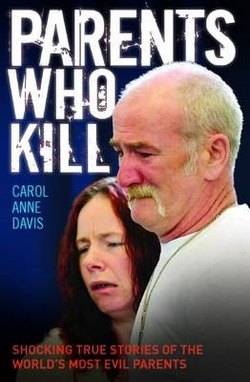Читать книгу Parents Who Kill - Shocking True Stories of The World's Most Evil Parents - Carol Anne Davis - Страница 32
На сайте Литреса книга снята с продажи.
MURDER CHARGE
ОглавлениеA fortnight after the murders, the coroner held an inquest. But when he saw how weak Beth was, he said that she did not have to give evidence. She could only walk by leaning heavily on a nurse and was still too sick to have the operation on her perineum.
Unfortunately, it would be 1922 before the law was changed to allow for a manslaughter charge in such post-natal depression cases, so Beth was charged with double murder. On 17 October 1919 she appeared, still desperately frail, before the local magistrate. She was remanded in Holloway Prison until her trial and was allocated a cell in the hospital wing where she spent most of her time weeping and expressing both grief and remorse.
Whilst she was in prison, the babies – named Queena and Freda – were buried next to their sister Maisie. (In those impoverished days, insurance companies refused to insure a child under three-months-old for fear that the parents would be motivated to murder it, so the Wood family had to pay the cost of the double funeral from their savings and didn’t have enough left over for a headstone, though one was bought at a later date.)
On 31 October 1919, Beth went on trial at Essex Autumn Assizes, knowing that the jury could find her guilty and that she’d face the death penalty. She pleaded not guilty. The prosecutor was sympathetic, outlining the death of five-year-old Maisie, the dead newborn triplet and injurious birth. The defence echoed these statements, noting that Beth had borne no malice towards her babies, had drowned them whilst in an enfeebled state of mind.
The judge told the all-male jury that, if they believed Beth had intended to drown the girls, they must find her guilty of murder – only then could they deal with whether she was responsible for her actions. The jury found her guilty but said that she was not responsible.
